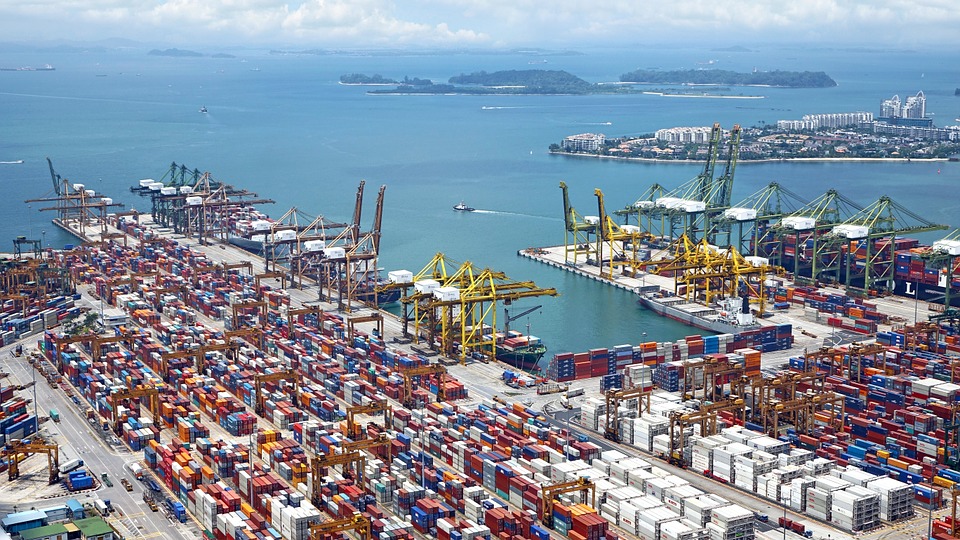 Procurement is an area where cost optimization strategies start to show an impact on bottom-line almost immediately. It’s one of the foremost areas, which is attacked by experienced turnaround professionals. Direct sourcing which almost decides the profit margins of the organization or even its competitive standing in the market hogs all the management attention. Indirect sourcing at the same time is complex and requires expertise that is usually not present in the organization.
Procurement is an area where cost optimization strategies start to show an impact on bottom-line almost immediately. It’s one of the foremost areas, which is attacked by experienced turnaround professionals. Direct sourcing which almost decides the profit margins of the organization or even its competitive standing in the market hogs all the management attention. Indirect sourcing at the same time is complex and requires expertise that is usually not present in the organization.
For beginners, direct sourcing is the sourcing of materials that make it to the final product. For example; procurement of tires in an automobile company. Indirect sourcing is the sourcing of material or services that don’t make it to the final product. For example; office furniture or plant security services.
For direct sourcing, there is lots of attention and expertise that is available in the organization as the very survival of the organization depends on it. For indirect sourcing, there are way too many categories and its vast in scope, so organizational attention about it dwindles.
Following are some of the steps that are very relevant as first steps of reducing spend base for indirect sourcing. Please note some of it may be relevant for direct sourcing too
1. Spend Analysis: Spend Analysis, as simply put is an analysis of all your indirect spending. For a complex transnational organization, it’s a huge exercise. Similar items are booked under different names and codes in SAP system. Codes have been created recklessly over the years and at some point in time it all becomes too difficult to manage. Someone needs to rationalize the codes and put all the spends under a standard system of category nomenclature. Output has to be in the form of a Pareto chart that tells the amount and nature of biggest indirect spending.
2. Contract Renegotiations: Once biggest category of spends are identified, next step is to look for how these items are getting procured. It’s a good idea to have a look at these contracts and see how price increments over the years have been given. Has there been a technology intervention in the industry that has brought down the prices but your organization continues to pay year on year prices escalations signed years ago? It’s time to renegotiate. A smart purchaser should be able to save 10-20% simply by negotiating a contract which buys higher volumes and for longer periods of time.
3. Low Cost Country Sourcing: Some items are assumed that they will be cheaper if procured locally, but there are so many items where landed costs of items even after all import duties and taxes paid, works out cheaper than locally sourced material. Finding out these items and procuring them from a low cost manufacturing country brings in the requisite value. An experienced purchaser knows these items from the experience and attacks it effectively. In manufacturing set-ups this step itself has been known to bring 5-10% of cost savings
4. Vendor Rationalization: Having lots of vendors providing similar services and products is not a good idea. If for top category of spends, there are multiple vendors, one needs to initiate vendor rationalization process. Next step is to find out the best and/or biggest vendor, get into negotiations with them to get mass discounts as the volumes will increase. Offering a contract for longer period of times, will further bring in some more dough.
5. New Vendors: For all top categories of spends, there has to be a continuous effort of finding new and more competitive vendors. Vendors who use technology to bring down the landed cost of items should be preferred in this scheme. This requires a continuous profiling of potential vendors, who can replace existing ones. If you have onboarded vendors as and when it was required over the years, it may be time to have a strategic look at the same.
6. Vendor Industry Profiling: Vendor industry profiling brings immense value in industries where commodity prices and international supply chain play an important role. If you have monitored your vendors’ industry carefully, you would know exactly how much a vendor could be squeezed for savings. It helps to research out the cost structure of the industry beforehand. That way you get the best prices without leaving anything on the table.
Author: Prabhash Choudhary, CEO, Magistral Consulting
Magistral Consulting has helped multiple organizations optimize its procurement processes. To know more click www.magistralconsulting.com. Author can be reached at prabhash.choudhary@magistralconsulting.com for any queries.